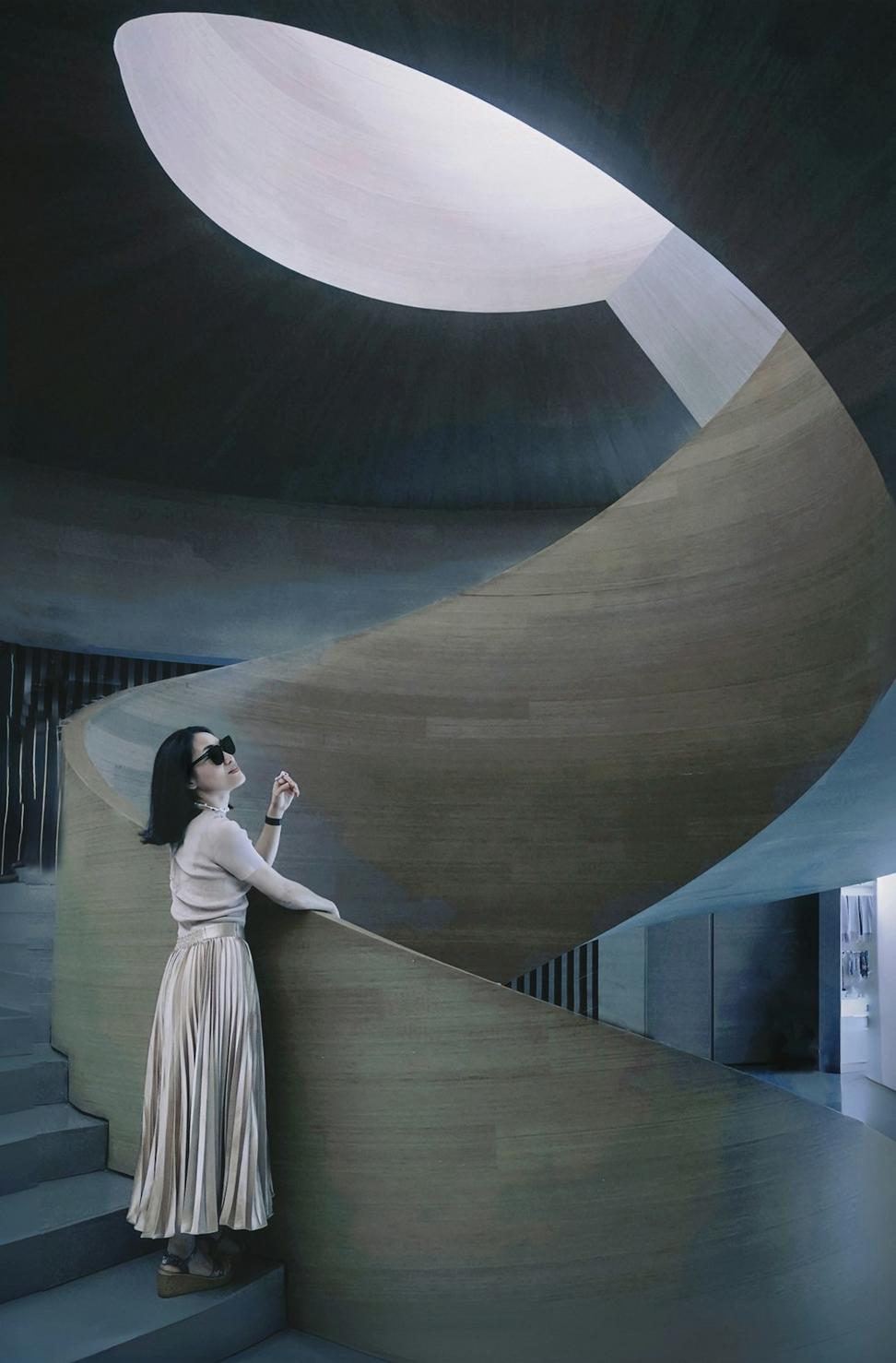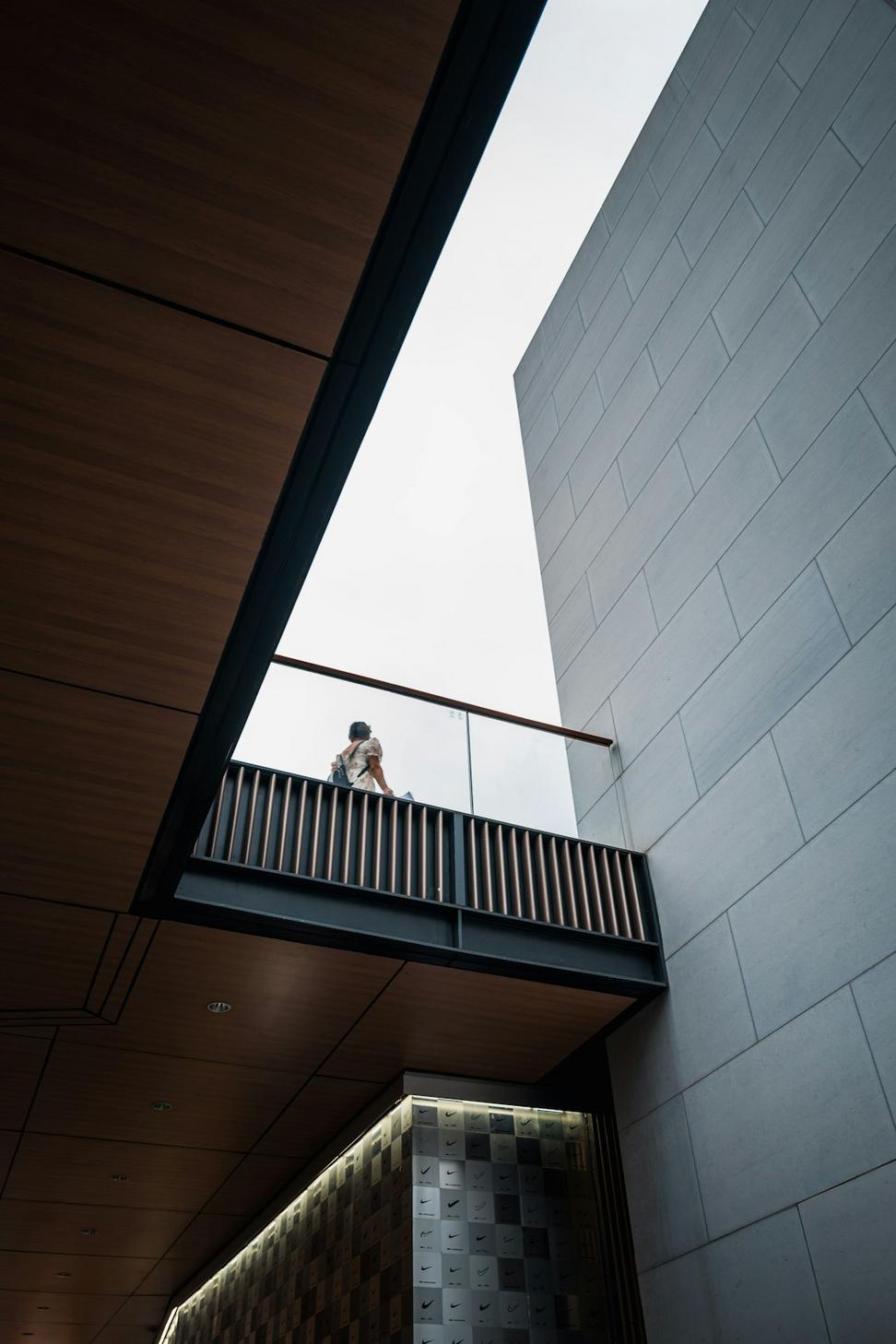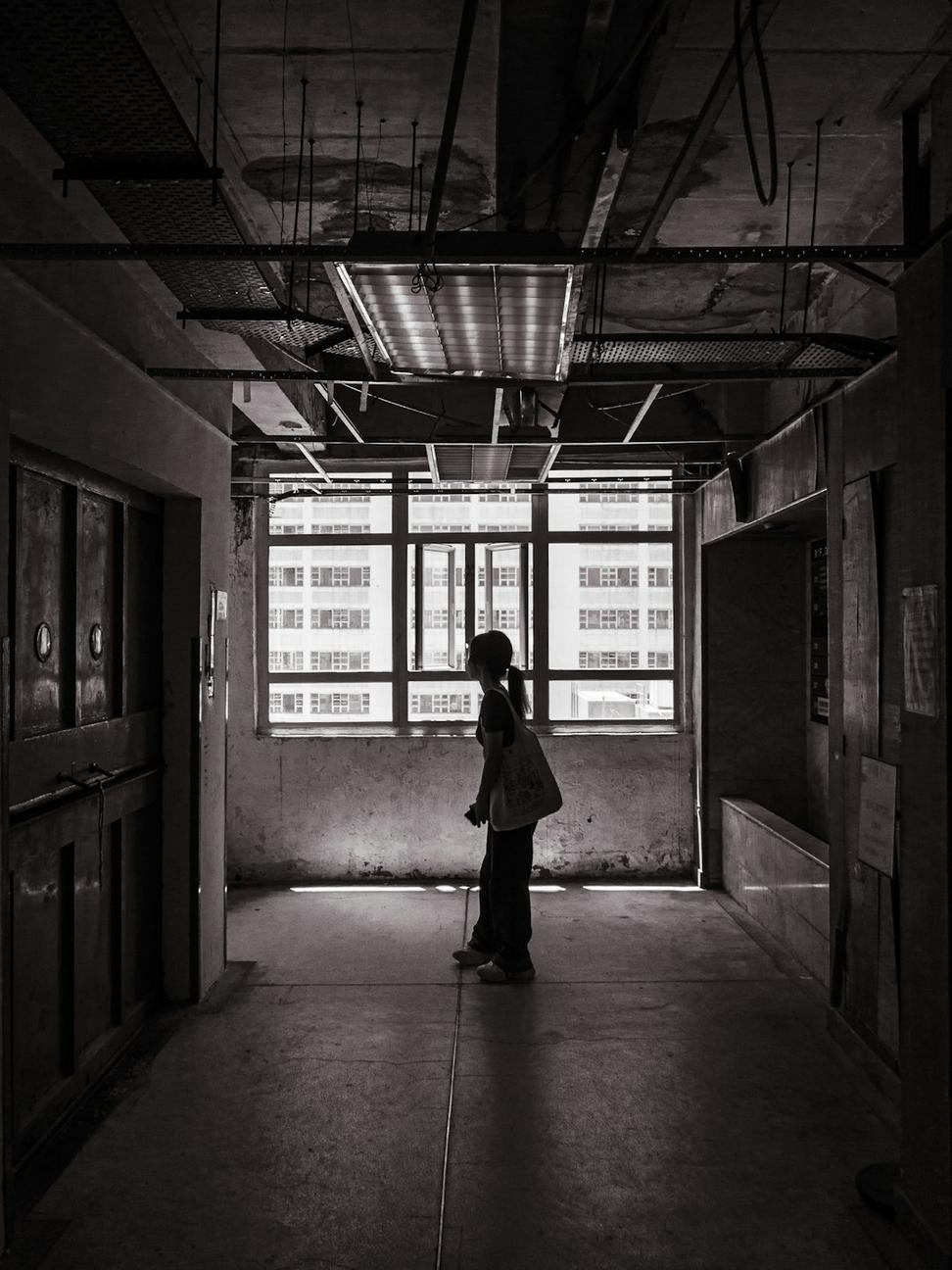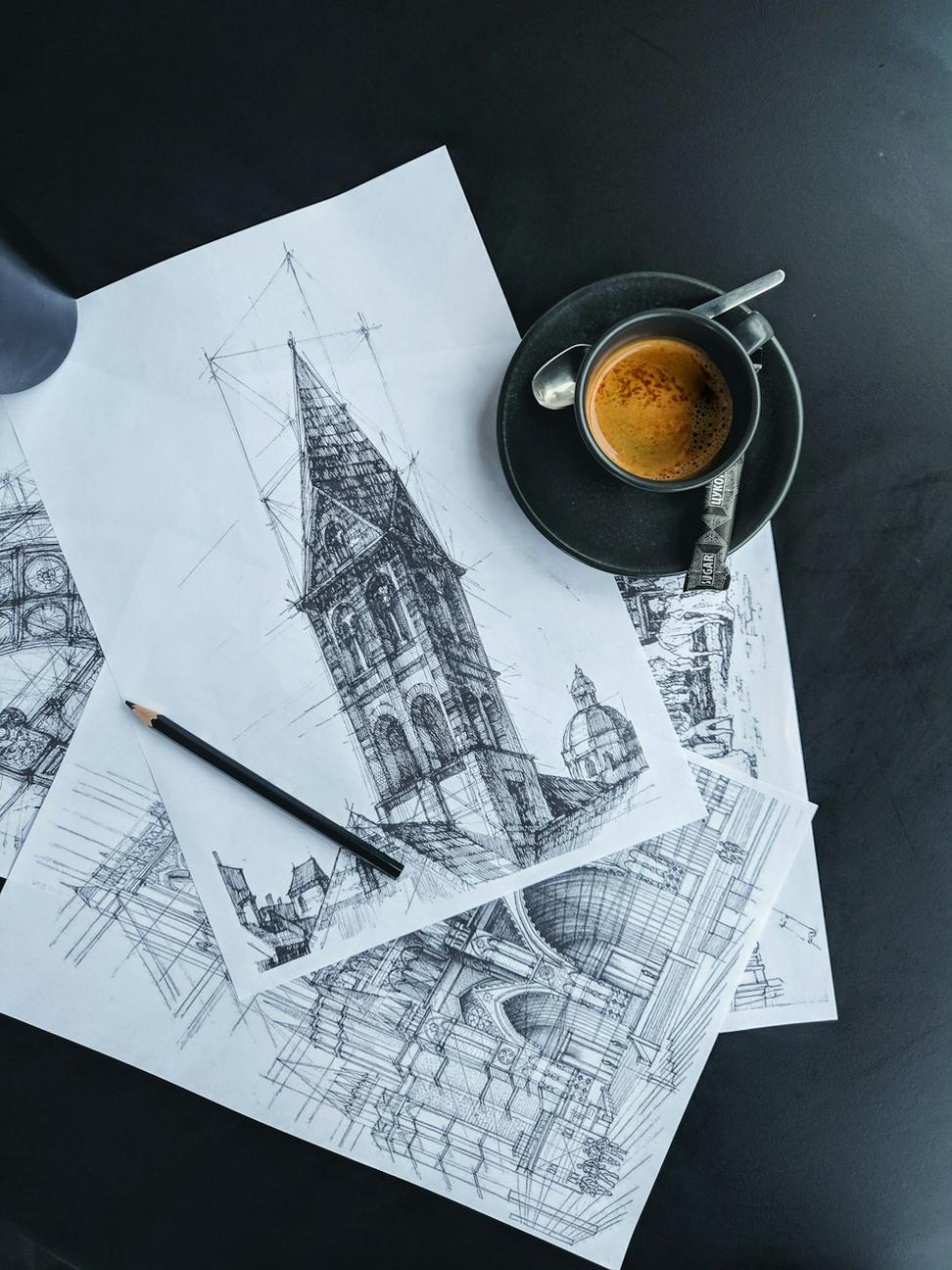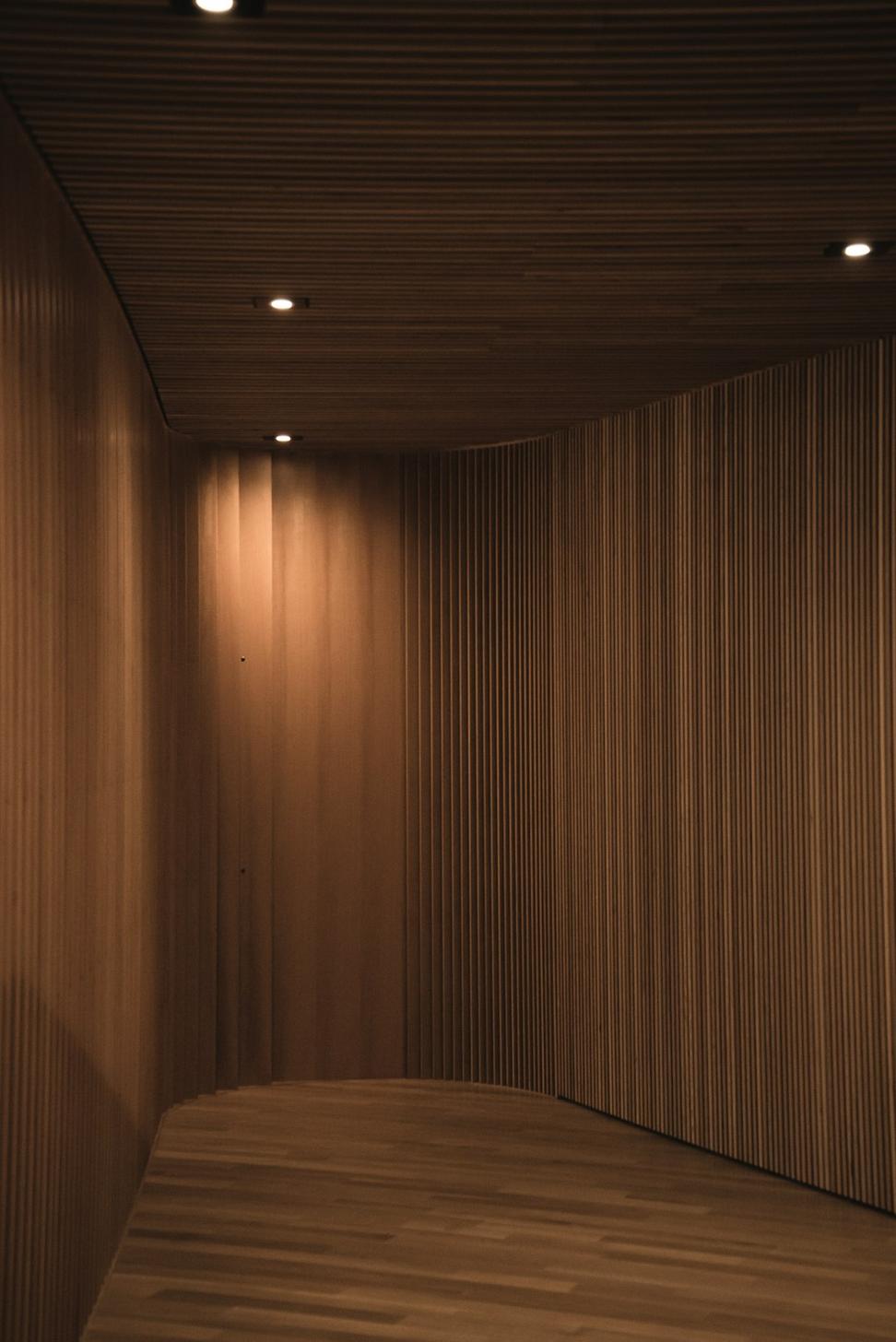The One Who Started It All
Started sketching buildings on napkins when I was seven—drove my parents nuts. Fast forward through architecture school at UBC and a decade bouncing between firms in Vancouver and Copenhagen, I realized something wasn't clicking. Too many projects chasing the same tired formulas, not enough soul or sustainability.
So yeah, I took the leap in 2015 and founded this studio. The goal? Create spaces that actually give a damn about people AND the planet. No greenwashing, no ego-driven monuments—just honest, thoughtful design that'll still make sense fifty years from now.
"Good architecture shouldn't shout. It should whisper to its surroundings and invite people in. And if it can't do that while being sustainable, we're not doing our job."
The City Whisperer
Grew up in Hong Kong where space is a luxury most folks can't afford. That experience shaped everything about how I see cities—density doesn't have to mean cramped or soulless. After studying urban planning at McGill, I spent years working on mixed-use developments that mostly missed the mark on community building.
Joined Blaze's team in 2017 'cause I was tired of designing neighborhoods that looked great on paper but felt hollow in reality. Here, we actually talk to people who'll use these spaces. Wild concept, right? My thing is figuring out how to weave green corridors, bike paths, and genuine gathering spots into developments without it feeling forced.
"Cities should be designed for chance encounters and spontaneous moments. If your urban plan doesn't encourage people to linger, you've basically designed a highway."
The Sustainability Detective
My background's kinda all over the place—mechanical engineering undergrad, then environmental science, then somehow ended up doing my master's in sustainable building systems. Worked for a big engineering consultancy for five years and watched too many "green" projects that were basically regular buildings with solar panels slapped on top.
What drew me to this studio was their obsession with actual performance data, not just certifications. We're nerding out over building envelope thermal bridging and embodied carbon calculations—the stuff that actually moves the needle. My job's to make sure we're not just talking sustainability but baking it into every material choice and system design from day one.
"Sustainability isn't a feature you add at the end. It's the foundation you build on—or you're just doing fancy greenwashing with extra steps."
The Time Traveler
Restoration work found me, not the other way around. Started my career doing regular residential stuff but kept getting pulled toward older buildings—something about the craftsmanship and materials from decades past just hit different. Did specialized training in heritage conservation in Bath, England, and realized this was my calling.
What I love about working here is we're not treating old buildings like museums. We're figuring out how to honor their history while making them work for today's needs. That century-old warehouse? It can become a carbon-neutral community hub. You just gotta respect what's already there and work with it, not against it. It's problem-solving with a history book in one hand and building codes in the other.
"Old buildings have stories embedded in their bones. Our job isn't to erase those stories—it's to write the next chapter while keeping the plot intact."
The Space Magician
Came up through interior design but always felt constrained by it—too much focus on aesthetics, not enough on how people actually move through and use space. Got my architecture degree specifically to understand the bones of buildings better. Spent years doing high-end commercial interiors that looked amazing in photos but didn't quite nail the human experience.
Joined the team in 2019 because they actually care about spatial flow and natural light as much as finishes and furniture. My approach is pretty simple: watch how people naturally want to use a space, then design around that instead of forcing them into some predetermined layout. And yeah, we're doing it with reclaimed materials and low-VOC everything because why wouldn't we?
"Interior architecture isn't about making spaces pretty—it's about making them feel right. If you have to fight the space to use it, we've failed."
